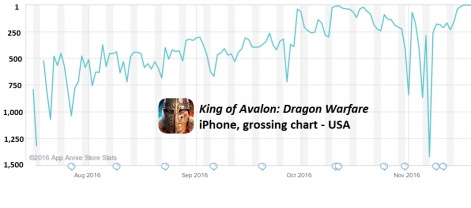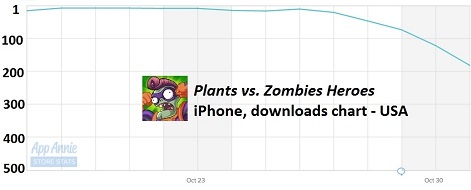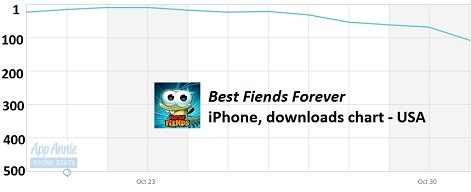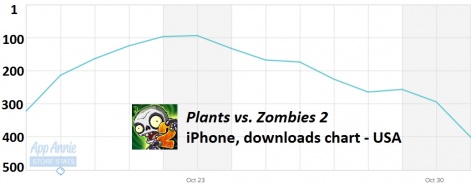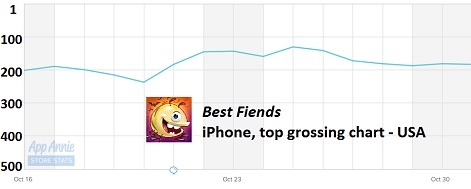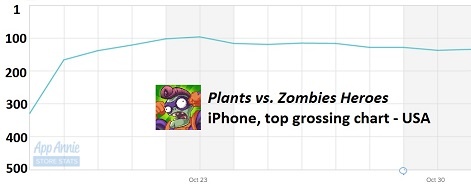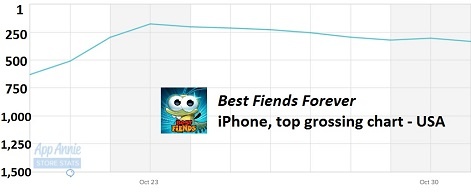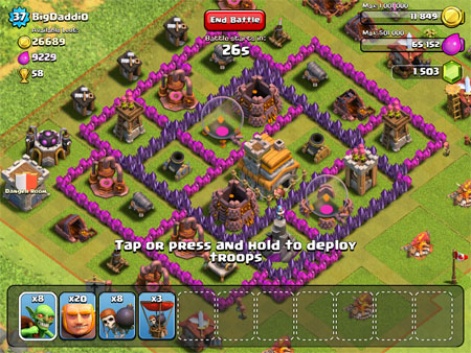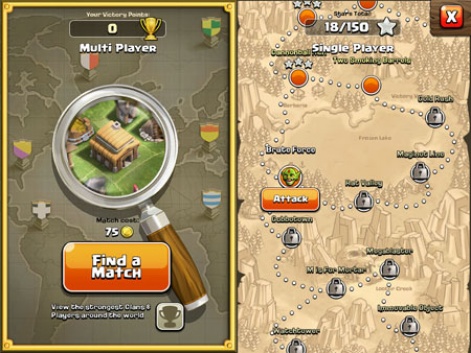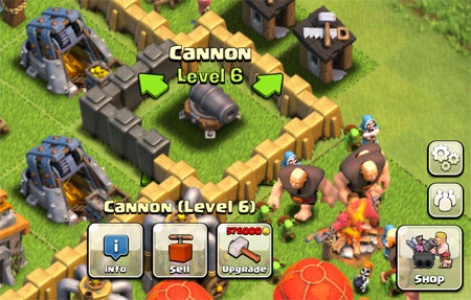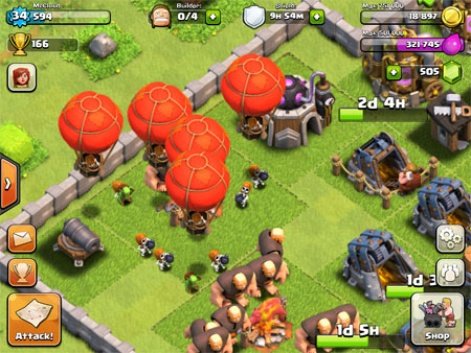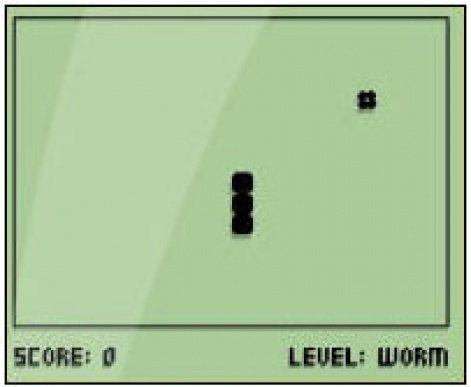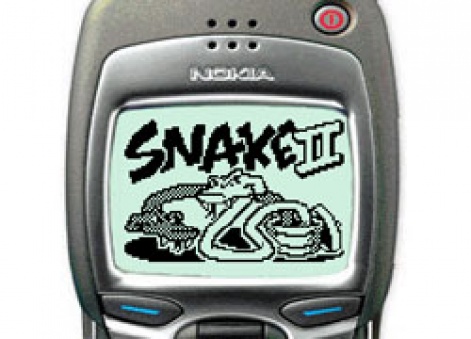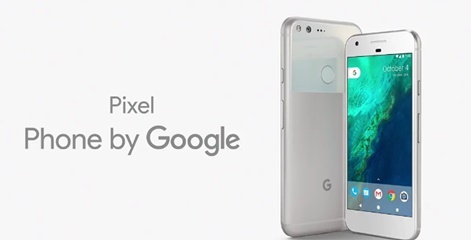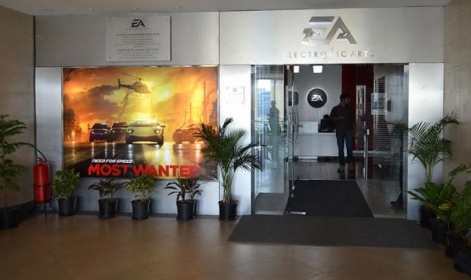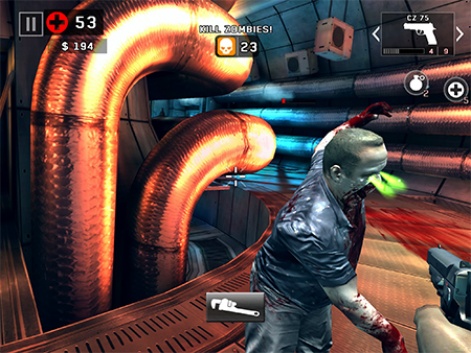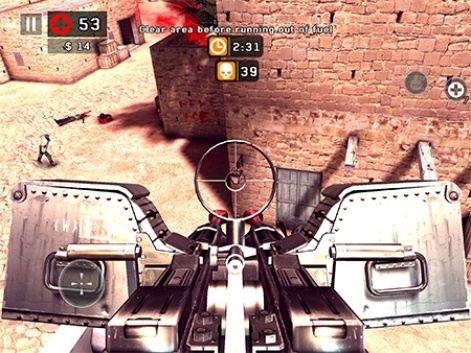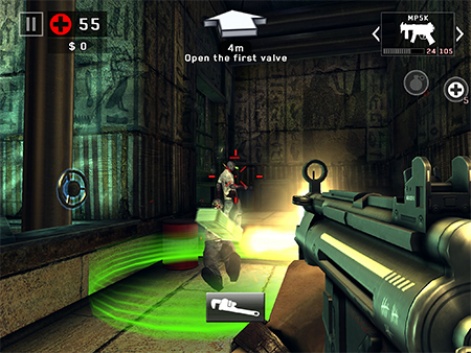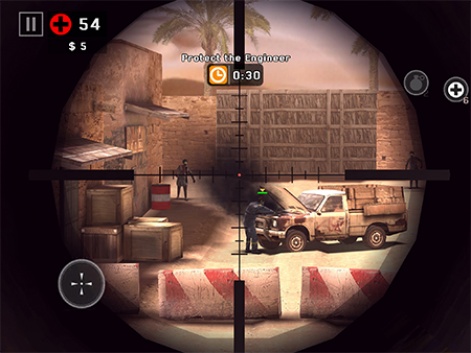Party Hard Go casts you as a man who simply wants get some sleep but can’t due to those darned meddling kids and their parties. So like any reasonable individual you don a mask and stab the *expletive* out of them… before murdering your way across the US after that because why not? [Sounds like the plot of Rambo - ED] Honestly before we get into the meat of this review I’d like to cover one of Party Hard’s most glaring weak points. The game’s story is really quite poor with an end reveal that feels like it belongs in a low budget action B-movie [Like Rambo! -ED]. Sub par voice acting doesn’t help the bad writing either.
It's not quite Resident Evil 1 “You were almost a Jill sandwich” bad but it's up there.

Upon its release I heard a lot comparisons made between Party Hard Go and Hotline Miami, Devolver Digital's own __game about a masked psychopath, and you don’t really have to look far to see the similarities. Both task you with clearing out maps full of enemies to the beat of EDM/dance music whilst primary colours and neon lights assault your senses. But whilst Hotline Miami has you murdering and trading bullets with people who are just as eager to kill you the party goers in Party Hard are far more likely to run and call the police than actually fight back. At first I assumed that meant I’d have to stealth my way through each map like a __game of 2D, top-down Hitman where everyone is your target. I spent literal minutes stalking targets, waiting for people to split off from the group and dumping their bodies out of sight.
I have to admit that at first I really wasn’t having all that much fun in what seemed to me to just be a poor man’s stealth game. But then after failing a particular level numerous times I decided to just start cutting my way through entire rooms of people and that’s when it really clicked. You aren’t Agent 47 or Sam Fisher - they can keep their patience and methodical killing. You’re a spree killer looking to (literally) paint the walls red, it doesn’t matter if people see you introduce Mr Knife to someone’s spine as long they meet him too. While the only objective in game is to kill everyone in sight there is also a scoring system which judges you on things such as combos and methods of killing. Speaking of killing methods all of the levels are littered with “traps” which are parts of the environment you can interact with that kill people. These can be anything from a bookcase you rig to fall on someone to a speaker you set to explode, to a bear traps people can walk into. Traps are a good way to rack up kills without detection and they’re also the only way to kill police.

In this universe’s version of the United States your average lawman shares a lot more similarities with Judge Dredd than with his fellow man. For one thing they're all thoroughly knife proof (trust me I tried) and attempting to pick them off via conventional means is simply a fast track to getting arrested. So instead you can either kill them using the aforementioned traps or evade them long enough that they give up the chase and drive off. More often than not I chose the second option because you can still murder while on the run but taking the time to kill police officers does give you a nice, hefty point boost. Most times other emergency services will be called to put out fires or collect bodies and I was a little saddened by the fact that interaction with them is practically non-existent and just like Johnny Law trying to kill them through conventional means is a pointless endeavour. Additionally the phone party goers use to call the police can also be used by you to essentially call a wild card element into the level. I’ve seen everything from a crazed dealer to aliens as a result of my call.
Party Hard Go also features five killers who have a range of different abilities. For instance besides our masked main character we have the ninja (none of them are ever named) who can hide whilst still and comes equipped with a sword and smoke bombs. The downside to him though is that people are fearful on sight and will call the police immediately. So expect to be dodging around the cops a fair amount if you choose this guy. There’s also the dude with the chainsaw who doesn’t sprint but has the ability to go on a rampage and wipe out whole rooms in an instant. He will have to kneel and rest for a second afterwards though, all that murderin' tires one out. While I personally believe the first killer is the most fun it’s nice to have a choice and the other archetypes present are fun enough.

Lastly we have the one aspect of Party Hard Go that holds it back from excellence in my view: the controls. You have the choice of two options, the first is a system where you tap to the screen and double tap to sprint or use whatever ability you have in place of that. The second is a virtual control scheme in which the controls are displayed on screen. Frankly neither work that well in my opinion. The former is imprecise and has a less than stellar rate of response for when I attempted to sprint somewhere. While I definitely prefer the later the thumbstick on the left doesn’t work very well as it tends to slip out from underneath my thumb. The issues with both of these are compounded by the fact that as I mentioned earlier police seem to have a radius around them that acts like a tractor beam.
At the end of the day Party Hard Go is a game I really do wish I could give a glowing five stars. My complaints are either minor or things that could easily be fixed in a patch or two. If you’re a big fan of Devolver Digital then there’s a good chance you’ve already picked this up and if you haven’t then I highly recommend that you do.


 Elexi offers some visual customization for those that want to play around. You can play around with tile shape (five options), style (three options), and color scheme (six options). Maybe I'm just not that adventurous enough, but I like the default versions, although the notched tile shape is pretty cool. Some of the color options are a bit distracting in my opinion, but to each their own.
Elexi offers some visual customization for those that want to play around. You can play around with tile shape (five options), style (three options), and color scheme (six options). Maybe I'm just not that adventurous enough, but I like the default versions, although the notched tile shape is pretty cool. Some of the color options are a bit distracting in my opinion, but to each their own.







